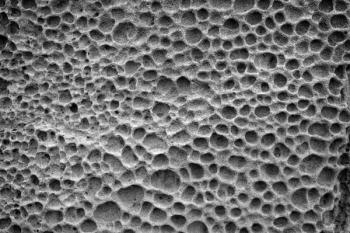
- Psychiatric Times Vol 27 No 11
- Volume 27
- Issue 11
Comprehensive Dictionary of Psychoanalysis
I believe this book will serve as an invaluable resource for all students of psychodynamic theory as well as their teachers-and I would venture to say that this magisterial text is destined to become a classic.
I have been eagerly awaiting Dr Salman Akhtar’s
The Comprehensive Dictionary of Psychoanalysis consists of 1853 entries. There are 2181 primary sources in the bibliography, which fall under 1096 separate author entries. To accurately describe the contents of this work, I will divide its entries into 3 categories. The first is a clear, concise, formidably referenced, and contemporary synopsis of fundamental psychodynamic concepts: attachment theory, ego ideal, internalization, internal objects, object, object constancy, and object representation, to name a few.
Another category consists of brief, erudite review essays on important clinical and theoretical topics, such as Falling Asleep During the Session, Emptiness, Faith, Femininity, Gifts, Homosexuality, and Telephone Analysis. These feature Dr Akhtar’s unique blend of faithful synopsis of the ideas of others with his creative and elucidative thinking.
The third category contains what Dr Akhtar believes to be the most original and important contributions to psychoanalysis over the past few decades. I particularly enjoyed are fascist state of mind (Christopher Bollas’ term for the mental characteristics in individuals who have surrendered their judgment and critical thinking to extremist political or religious ideologies); Nobel prize complex (Helen Tartakoff’s description of a personality syndrome in certain narcissistic persons who are blessed with unusual talents and attain unusual accomplishments); geopolitical identity disorder (Ira Brenner’s metaphor for the incessantly destructive nature of the Arab-Israeli Conflict); and we-self (Alan Roland’s description of psychic structure in Asian cultures that emphasizes connectedness to groups or communities).
Dr Akhtar appears to gravitate to writers who take psychoanalysis outside the consulting room and beyond bourgeois, Western culture. He is expanding the canon of psychoanalytic knowledge to include the contributions of contemporary authors. The great significance of this is that Akhtar has endorsed the creative work of a new generation of psychoanalytic thinkers. I believe this book will serve as an invaluable resource for all students of psychodynamic theory as well as their teachers-and I would venture to say that this magisterial text is destined to become a classic.
Articles in this issue
about 15 years ago
Domestic Violence: Three Important Truthsabout 15 years ago
The “Minimum Necessary”: How Much Will You Need to Divulge to Insurers?about 15 years ago
Early Signs of Autism Spectrum Disordersabout 15 years ago
Looking Backabout 15 years ago
The Business of Pleasure and Painabout 15 years ago
Vincereabout 15 years ago
Clinical Manual of Sexual Disordersabout 15 years ago
Forensic Ethics, Interrogations, and Getting the Facts Rightabout 15 years ago
The Forensic Psychiatrist and the Code of Medical Ethicsabout 15 years ago
Adding the Diagnosis of Temper Dysregulation Disorder to DSM-5Newsletter
Receive trusted psychiatric news, expert analysis, and clinical insights — subscribe today to support your practice and your patients.











